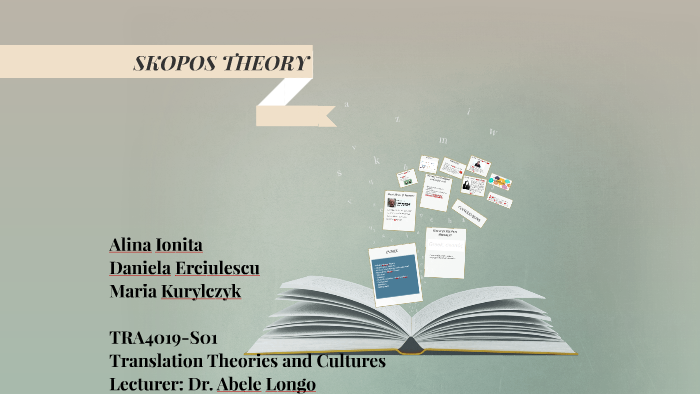
In terms of quality, usually local writer’s quality is low while great writers are, unfortunately, co-opted by big publishers. This is not to mention “copy left” publishers who publish book translated book without first buying the copyright. Hence, publishers pay less when they publish translated books than when they publish books written by local writers. As a comparison, local writer’s royalty is 10% to 20% and royalty for translated book is only 6% to 7%. Publication of translated books is more profitable rather than publishing local works. Finally, as the most dominating motivation, publishers translate and publish books for economic reasons. They also translate and publish books to empower the readers, for example, in the fields of democratization, human rights, entrepreneurship and other fields. For example, Resist Book translates and publishes a book on Chomsky to meet the need for literature on Chomsky in Bahasa Indonesia. With academic motivation, the publishers translate books to meet academic demand. At least there are three motivations: academic, empowerment and business motivations. Publishers publish translated books for several reasons. publishers (national level) and translation agents (international level). According to Hariyanto (2006), there are two markets for translation business, i.e.

The activities have created a new profession, i.e. Translation has been done since long time ago. Keywords: text linguistics, skopos theory, classroom teaching, translation teaching Prior to giving a translation practice, therefore, the teacher writes the clearest translation brief possible

The translation teaching materials are selected based on the text type and difficulty levels, students are trained to do text-analysis and be made aware of the purpose of the source text is not always the same with the purpose of the target text.
#Skopos theory three rules how to#
With these ideas as the basis, this article gives example how to apply text linguistics and skopos theory in classroom context to teach functional text translation. Skopos theory is closely related to text-types and also emphasizes the importance of translation purposes. Instead, the author and the intended audience and the purpose of communication should also be considered. In relation to translation, it can be said that translation is not only the business of analyzing the source text sentence by sentence.

the way in which it is situated in an interactional, communicative context. Text linguistics takes into account the form of a text and its setting, i.e. Text linguistics is a branch of linguistics that deals with texts as communication systems. The technique is proposed by considering two influential concepts in translation theory, i.e., Text Linguistics and Skopos Theory. This paper aims to propose a translation teaching technique to train the students to produce target texts demanded in the translation business. Unfortunately, the teaching of translation in universities has not adopted techniques that can response this situation. Translation industry is developing very fast with the economic globalization and digital/internet technology development. By Sugeng Hariyanto (State Polyetchnic of Malang)


 0 kommentar(er)
0 kommentar(er)
